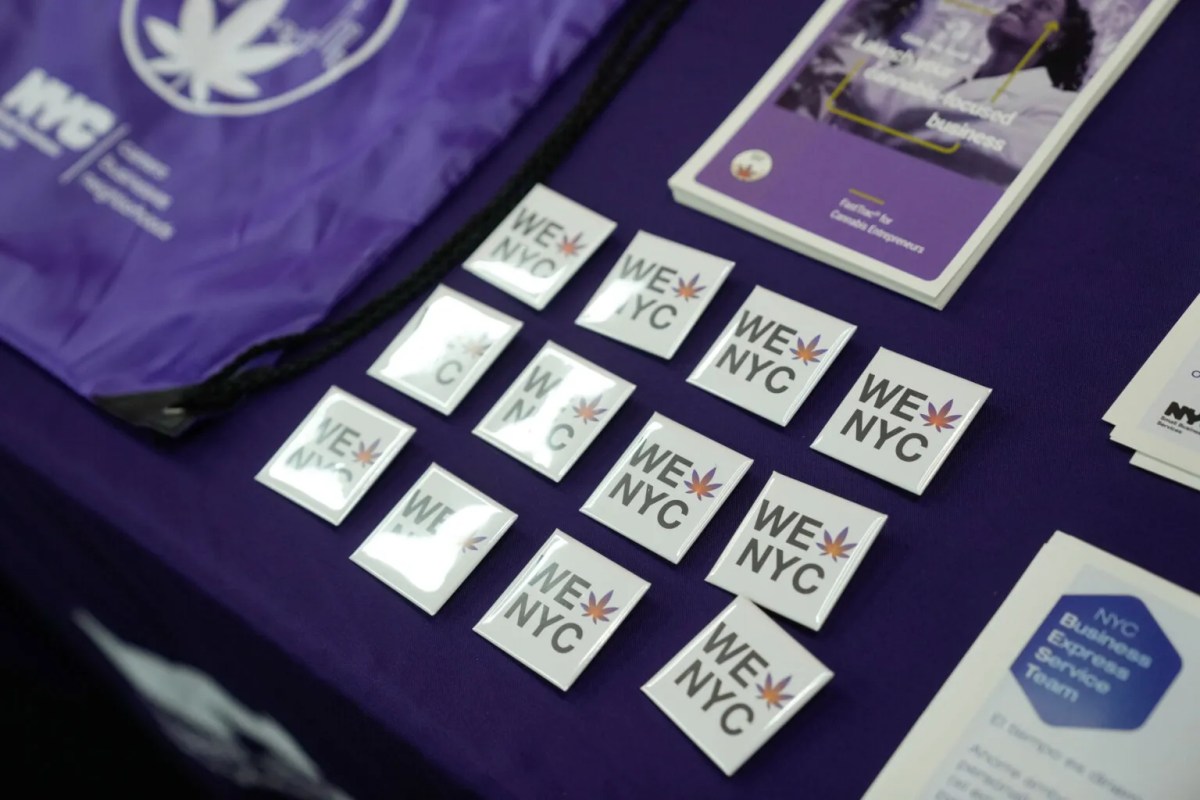What do a Spaldeen ball, a subway token and a graffiti-covered door have in common? In one way or another, they define New York, as shown in a new exhibit at the New-York Historical Society.
The exhibit, “A Brief History of New York: Selections from A History of New York in 101 Objects,” presents dozens of objects from the museum’s collections to weave a unique history of the city.
The items come from a list compiled in 2012 by New York Times urban affairs correspondent Sam Roberts after he asked historians and curators to choose a single object that could “embody the narrative of New York.” When it comes to a city as big and diverse as New York, he said, looking at it “in a microscopic way” can help people “understand the big picture.”
“I was looking for things that were provocative and unexpected, the kind of things that would make people think a bit differently about how the city had developed,” Roberts said.
After the results were published in the Times, hundreds of readers from all over the world responded, prompting Roberts to write a follow-up story (and a book, to be published next month) with some of their suggestions.
“I thought the ones people chose were much more quirky in a way,” he said. “They used their imaginations more. The ones the experts and academics and curators chose were a little more inside the box.”
Roberts strove for “a good balance” when sifting through suggestions, trying not to be “governed too much by nostalgia” or choose items from recent history that wouldn’t seem important “50, 100, 200 years from now.” But he couldn’t entirely avoid the most common reader suggestion: food.
“The motto of the city of Chicago is ‘Where’s mine?’ Ours should be, ‘Leave the gun; take the cannoli.’ We seem to define ourselves by what we eat more than anything else,” Roberts said.
While the exhibit can’t incorporate abstract suggestions like “the stoop” or giant ones like the Domino Sugar Factory sign in Williamsburg, it does mix iconic objects with “things people see in daily life,” said exhibit curator Valerie Paley.
Including objects like a black-and-white cookie and dust collected from the World Trade Center in 2001, Paley said, makes people see how they’re “living in the midst of history.”
“You don’t necessarily realize it when you’re living and breathing it, but one day something as common as the MetroCard is going to become a historic touchstone of a time and place,” she said.

















